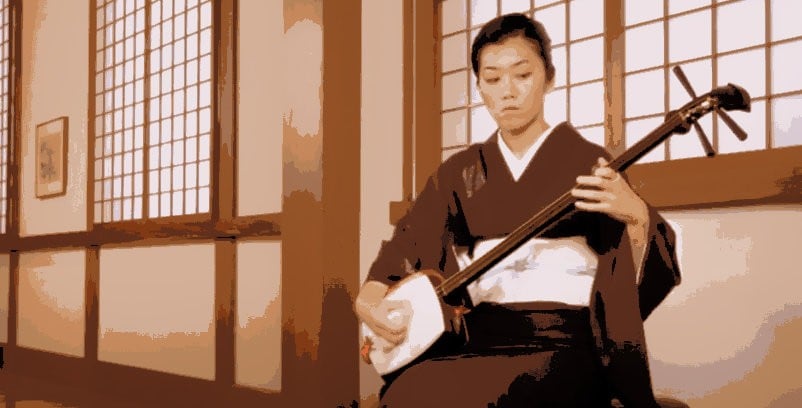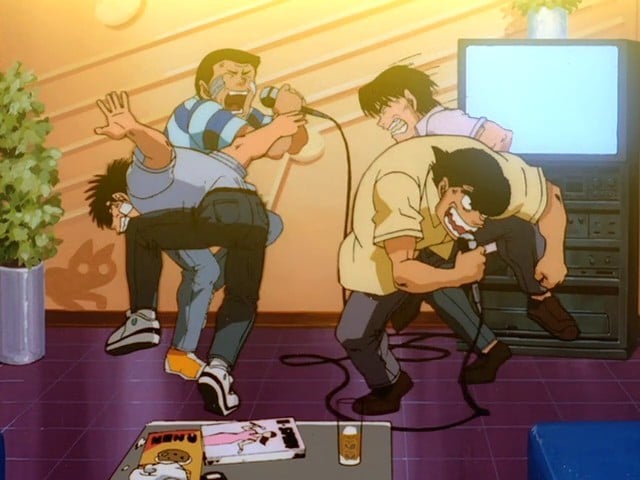Japanese music is very beautiful. The lyrics, the melody, the intonation, all of them tend to be in harmony so that the song becomes pleasant to the ears.
For the uninitiated, figuring out the cause of the quality of music produced by Japan is a complicated task. On the other hand, musicians and music students must have heard, at least once, about the famous Japanese pentatonic scale.
Also called the Hirajoshi Scale, the Japanese pentatonic scale is the typical scale of songs and soundtracks that we hear in anime and in Japanese music culture in general.
In this article, we will look at what the Japanese pentatonic scale is and how it differs from other musical structures.

Table of Content
What does "Hirajoshi" mean?
The term Hirajoshi, written in Japanese as 平調子 (ひらぢょうし, Hirajoushi), is composed of the kanji 平 (ひら, hira) which means calm, tranquil, harmonic and the word 調子 (ちょうし, Choushi) which means tuning, condition, melody, tone. Combining the two meanings, we have that the expression Hirajoshi has the sense of "harmonic melody" or "calm melody".
In much of the musical styles, but especially in rock, pop, and jazz, the Japanese tend to use this pattern, considering that Japanese music often has as its ultimate goal harmony between each of the sounds, so that the first sound connects with the second and so on, so that the song becomes pleasant, smooth, and conveys a sense of well-being to the listener.
Evidently, this type of pattern is not present in all oriental music, but in a good part of them it is.
exotic scales
In the branch of music theory, we know that a scale consists of a grouping of notes and sound intervals, which are usually expressed on a paper so that they can be reproduced by instruments. There are several models and classifications of musical scales, which can be divided into: diatonic (5 tones and 2 semitones), artificial (chromatic, with 12 semitones) and exotic (Chinese, Hirajoshi, Northeastern, Oriental, Arabic, etc.).

In general, exotic scales are scales with changes in degrees or that use smaller musical intervals, that is, the distance between two notes is small compared to other modes of construction.
The hirajoshi scale and pentatonic scales
In general, there are two types of pentatonic scales, which have this name because they contain 5 tones (or notes), which are: the major pentatonic scale and the minor pentatonic scale.
The pentatonic scale probably originated in the east (more specifically in China) and is the most common type of scale in Japanese music.
Note: I will not go into details about the structuring of the notes or the more specific subdivisions. In this article, the initial objective is just to introduce the subject to the general public.
Japanese Music vs Western Music
As we said, oriental music is characterized by the harmony between each tone. Therefore, the hirajoshi scale and the other pentatonic scales are the main guides for the musician in this composition process.
In this sense, it can be seen that, while Japanese music is composed of 5 tones, Western music (American, English, among others) usually has the diatonic characteristic, that is, structured in 7 notes (hence, another possible nomenclature for it would be heptatonic scale), being 5 intervals of tones and 2 of semitones. This system consists of the classic set “Dó, Ré, Mi, Fá, Sol, Lá, Sí”, which we learned in school.
Another very characteristic factor of the Japanese sound, which differentiates it from the Western one, comes from the existence of its idiosyncratic syllabary (hiragana and katakana), thus exerting a great influence on the harmony of musical lyrics, considering that certain syllables are removed or changed in the songs. to avoid cacophony.

Finally, we recommend that you listen to all types of songs, because that way you will be able to more easily understand the differences and peculiarities of each one of them.
What's up? Did you like the article? Like, comment and share with your friends!
